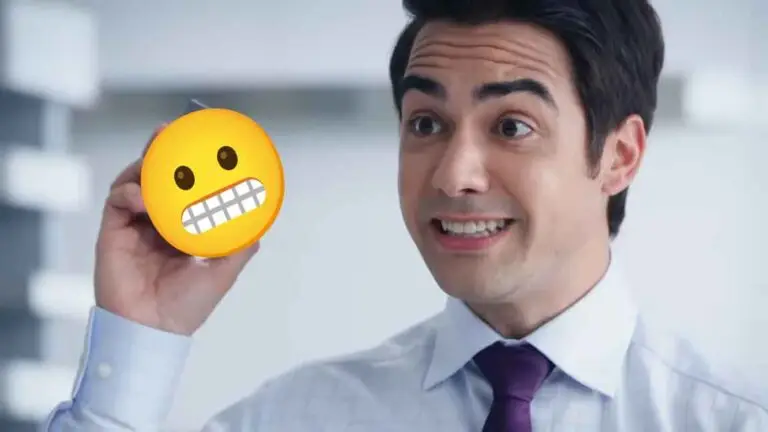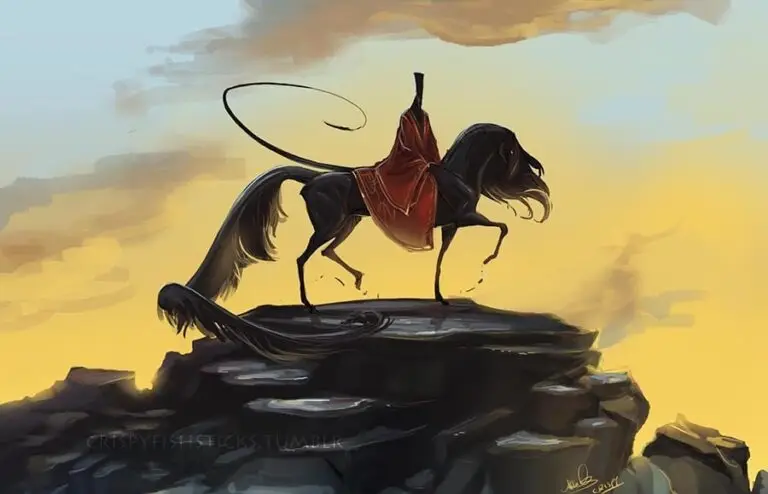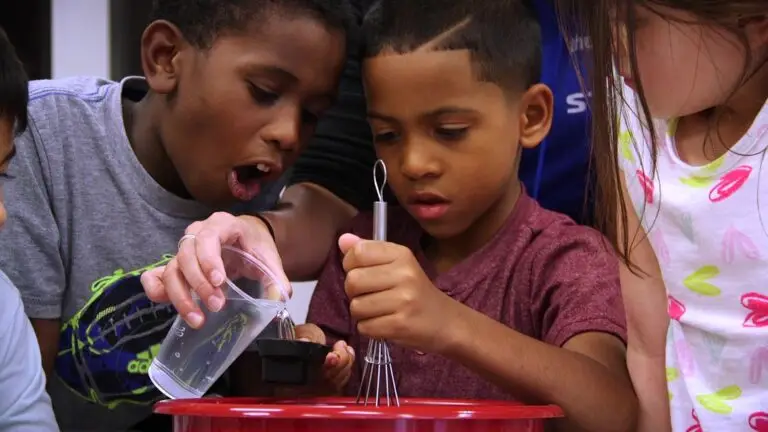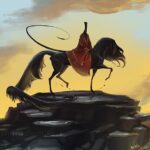HDR photos are everywhere these days, even on the iPhone. In photography, the HDR effect is achieved by capturing 2 or more (usually around 3-5) of the same photo at a range of exposure levels. A longer exposure of the frame is captured to properly expose the dark areas of the photo, and additional photos are taken at progressively shorter exposures so that in the final photo, the brightest areas are properly exposed. From there, the software analyzes and merges the photos together with an equalized exposure.
A production studio in San Fransisco released a short video montage showcasing how they achieved this effect with video. According to the website, they use beam splitters.
This video highlights several clips we’ve made using our new High Dynamic Range (HDR) process. Video is captured on two Canon 5D mark II DSLRs, each capturing the exact same subject via a beam splitter. The cameras are configured so that they record different exposure values, e.g., one camera is overexposed, the other underexposed. After the footage has been recorded, we use a variety of HDR processing tools to combine the video from the two cameras, yielding the clips you see above. HDR Video provides filmmakers with many exciting new opportunities. Not only can HDR video create interesting effects, it can also allow for even exposure where artificial lighting is unavailable or impractical. For example, when a subject is backlit, one camera could be set to properly expose the subject, the other the sky, resulting in video with perfect exposure throughout.
Soviet Montage on Youtube
For many photographers, HDR has become a way to overcome difficult lighting challenges using digital processing. The “HDR effect” gets mixed reviews from many photo critics, because of the interesting effect it produces. The HDR effect can create a “painted” or “flat” look, and this can be really dramatic depending on the process used. This effect can be overdone, but with the right processing, it can look amazing.
The company is currently shooting an unspecified project with their new technique, and says that one of the biggest advantages is that lighting is much less of an issue. If you ever saw a movie or TV show being shot in the street, you’ll be familiar with the crazy lighting rigs that are even used by day. Video HDR could put an end to that.
Wired Gadget Lab
HDR video, like the photos, is a marvel to look at. As this technique develops, it will be interesting to see the results.







